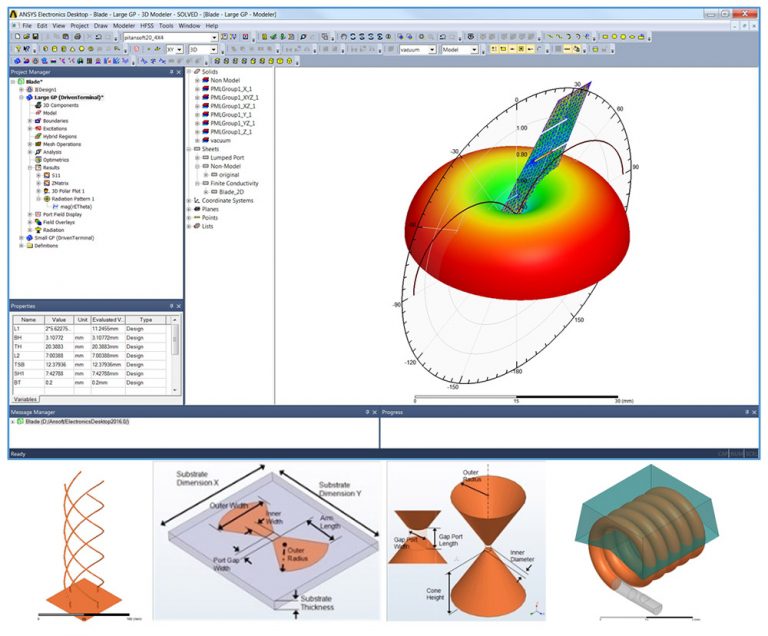
Note that some nodes have a maximum of 28 GB available.įor jobs configured to use Solver Domains, we can use the Distributed analysis type. The value for -mem can vary from less than 1.0G for normal jobs up to 180G for large memory jobs. This time, we are also requesting 8.0 GB of memory (expressed in megabytes) on the server by setting the -mem option. The key option for using the sequential solver is to set -nodes equal to 1 and to have -ntasks-per-node be less than or equal to 16. Continuing with the previous example of submitting such a ~]$ sbatch -job-name="MyModel.aedt" -nodes=1 -ntasks-per-node=4 -time=01:00:00 -mem-per-cpu=8192 $ansysedt_slurm For jobs using the direct sequential solver, we can utilize multiple processors on a single server to facilitate speed-up of the application and shared memory. Submitting your job to CIRCE allows for several modes of operation, depending on how your analysis settings are configured. In the example above, we are submitting a job to analyze the designs in MyModel.aedt using 4 processors on a single server with a maximum runtime of 1 hour. Submit the job using the sbatch ~]$ sbatch -job-name="MyModel.aedt" -nodes=1 -ntasks-per-node=4 -time=01:00:00 $ansysedt_slurm Please note, however, that you must follow step 7 below in order to submit your job to the cluster.ħ. As long as you have the module loaded from step 4, you can open the GUI from the command line: ~]$ ansysedt (Optional) From here, you can open the Ansys EDT graphical interface (GUI) in order to view and edit your files. Change to the directory in which your model resides: ~]$ cd ExampleModel]$Ħ. Load the Ansys EDT module: ~]$ module add apps/ansysEM/2021r1ĥ. Go to Applications > System Tools > Terminal to start a command-line session.Ĥ. Using the CIRCE/SC Desktop Environment, connect to circe.rc.usf.edu and log in with your USF NetID credentials.ģ. Previous issues using Ansys EDT on the WORK filesystem have been resolved.Ģ. (Note: your CIFS drive may be mapped to another drive letter besides ‘W’) These paths are all equivalent and point to the same storage location.

#Ansys hfss windows

The ANSYS EDT (formerly HFSS) user guide is essential to understanding the application and making the most of it. Running ANSYS EDT (formerly HFSS) on CIRCE Students authorized by the WAMI research group.Gold-standard tools like ANSYS HFSS, Maxwell, Q3D Extractor, and Simplorer are built natively in the Electronics Desktop, which serves as a universal Pre/Post processor for these tools. 3.2 Benchmarks, Known Tests, Examples, Tutorials, and Other Resourcesįrom the ANSYS EDT Website: ANSYS Electronics Desktop is the premier, unified platform for electromagnetic, circuit and system simulation.
#Ansys hfss manuals
3.1 Home Page, User Guides, and Manuals.2.2 Job Status and Progress Information.2 Running ANSYS EDT (formerly HFSS) on CIRCE.


 0 kommentar(er)
0 kommentar(er)
